
- Home
- Photography Tours
- Diary / Blog
- Galleries
- Foreign Trips
- Tasmania 2016
- NE Queensland 2016
- Western Alps 2016
- NE Spain 2016
- Australia's Wet Tropics 2015
- Australia's Top End 2015
- SW Australia 2015
- Switzerland 2015
- Andalucia 2015
- Belize 2015
- Australia 2014
- Switzerland 2014
- Belize 2014
- Bahama Islands 2014
- Switzerland 2013
- Ecuador 2012-2013
- Florida 2011-2012
- Vancouver Island 2011
- Australia 2010
- Peru 2008
- Bulgaria 2007
- Lesvos 2006
- California 2006
- New Zealand 2005
- Extremadura 2005
- Goa, India 2004
- The Gambia 2003
- About
November 2016
Tasmania, Australia
Part 5
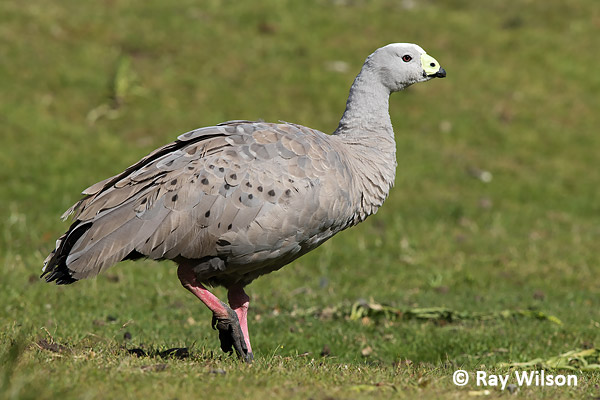
Cape Barren Goose (Cereopsis novaehollandiae)
The first thing you'll see when you get off the ferry to Maria Island are Cape Barren Geese. These odd-looking geese are common around the Darlington area and are extremely tame.
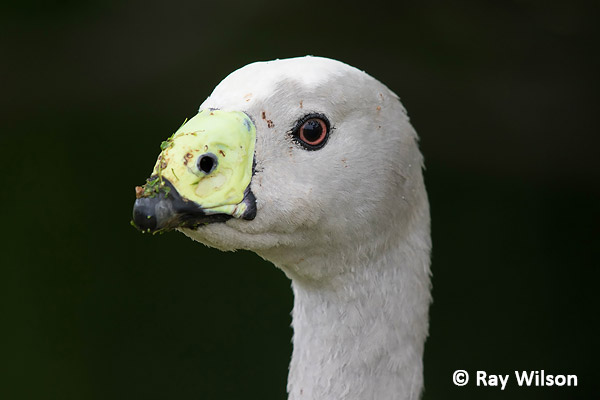
Cape Barren Goose (Cereopsis novaehollandiae)
Despite their abundance, their future on the island is uncertain as I heard their breeding success has been practically zero since the introduction of the Tasmanian Devils and their numbers are declining.
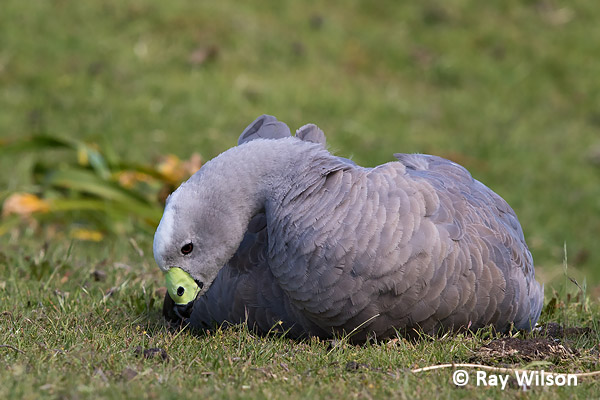
Cape Barren Goose (Cereopsis novaehollandiae)
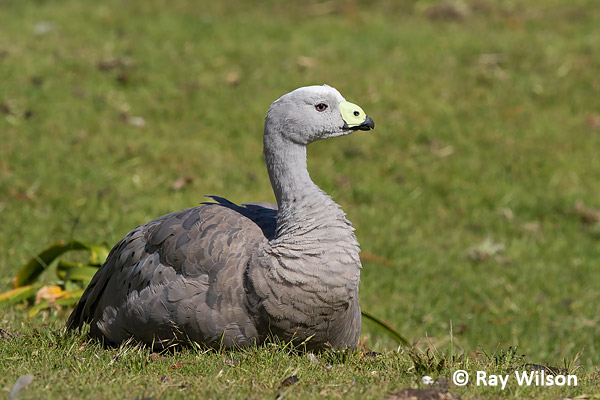
Cape Barren Goose (Cereopsis novaehollandiae)
Another conspicuous and pretty tame species on the walk from the jetty to the peniteniary is Tasmanian Native-hen, a common endemic found throughout most of Tasmania.
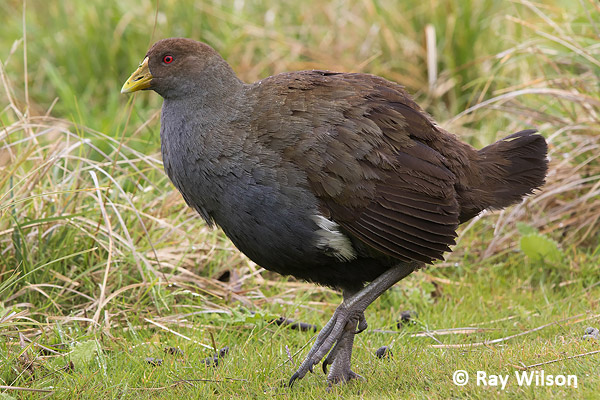
Tasmanian Native-hen (Tribonyx mortierii)
Around the Hobart area, the endemic Black Currawong appeared to only occur at higher altitudes and was replaced by the Grey Currawong at lower altitudes and in coastal areas. On Maria Island, however, they can be seen everywhere and are common at all altitudes.
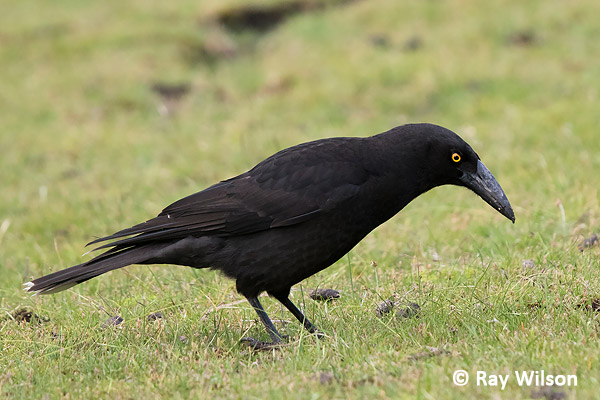
Black Currawong (Strepera fuliginosa)
I didn't find the forests of Maria Island to be very productive as far as bird photography went. The island holds one of the largest populations of Forty-spotted Pardalotes in Tasmania but Striated and Spotted Pardalotes also commonly occur and all the pardalotes I was able to identify on Maria Island were all Striated Pardalotes. Forty-spotted Pardalotes feed almost exclusively in White Gums and the trees here are all extremely tall so even if I had managed to spot one, photographing it would have been an impossibility without a hefty dose of luck.
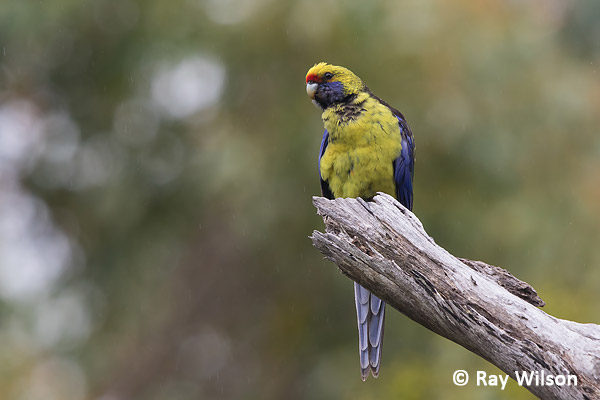
Green Rosella (Platycercus caledonicus)
Green Rosellas are more yellowish than green...
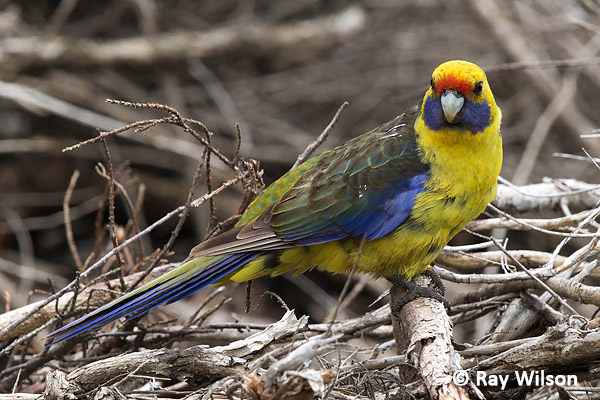
Green Rosella (Platycercus caledonicus)
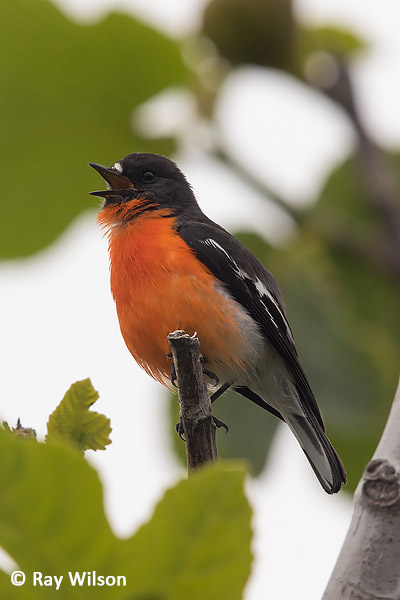 |
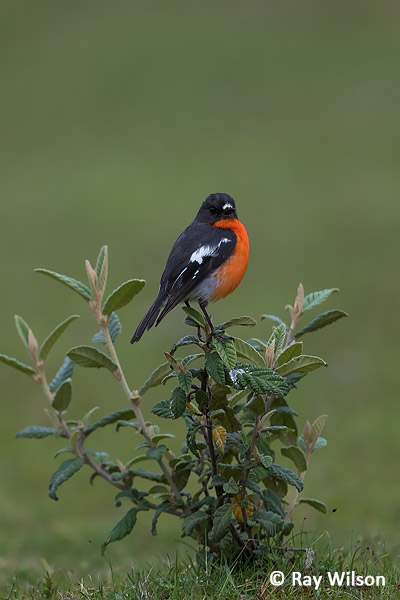 |
Flame Robin (Petroica phoenicea)
Flame Robins are common on Maria Island. They could, however, be a bit flighty at times and getting close enough for decent photos was not particularly easy.
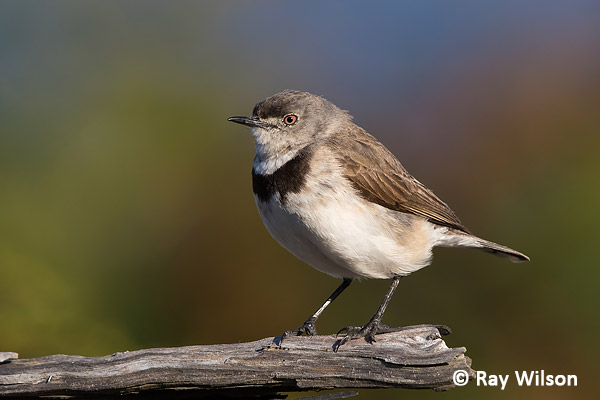
female White-fronted Chat (Epthianura albifrons)
The coastal scrub was home to a few pairs of White-fronted Chats.
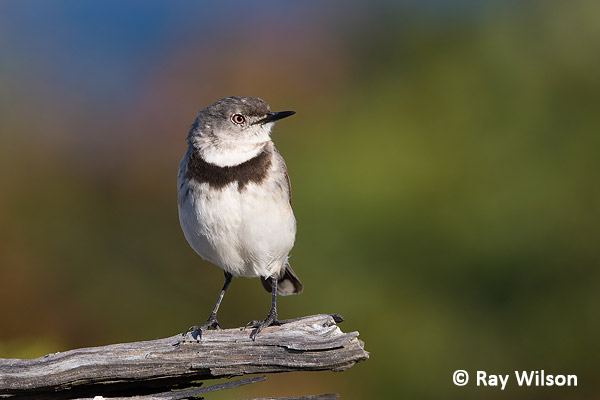
female White-fronted Chat (Epthianura albifrons)
Nearby on the beach near the painted cliffs, after the day-trippers had all left, I spent an hour or so photographing a pair of Hooded Plovers as they foraged among the seaweed along the tide-line.
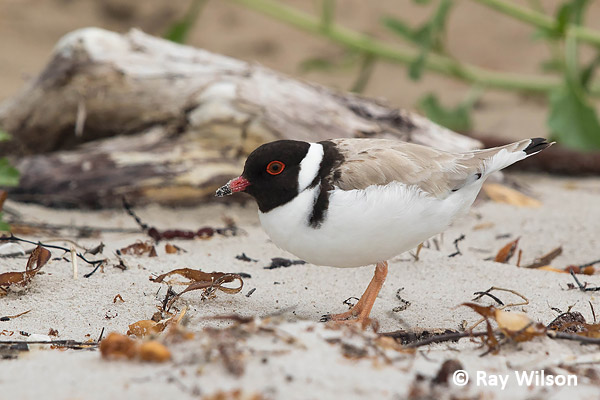
Hooded Plover (Thinornis cucullatus)
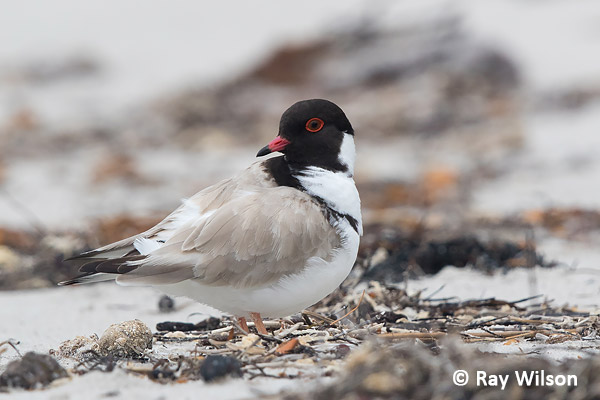
Hooded Plover (Thinornis cucullatus)
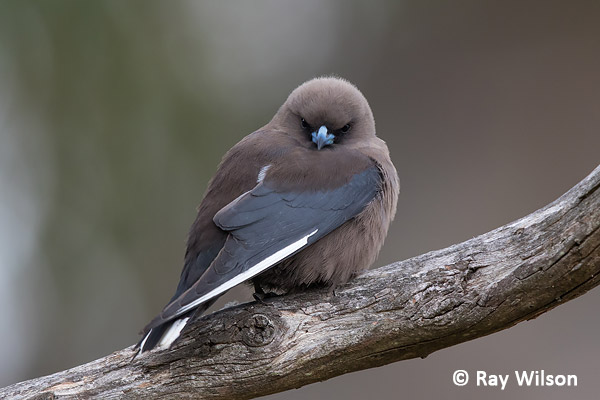
Dusky Woodswallow (Artamus cyanopterus)
Dusky Woodswallows are common on Tasmania and are always very photogenic.
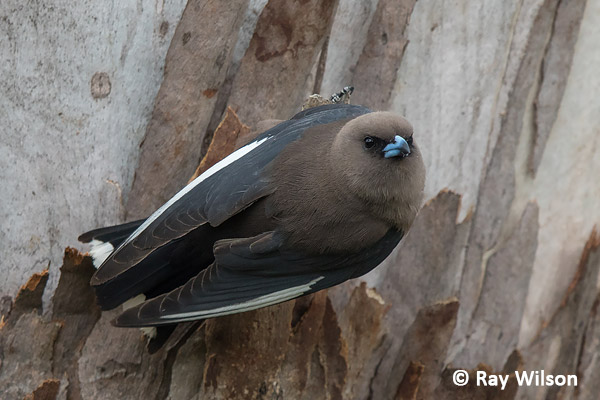
Dusky Woodswallow (Artamus cyanopterus)
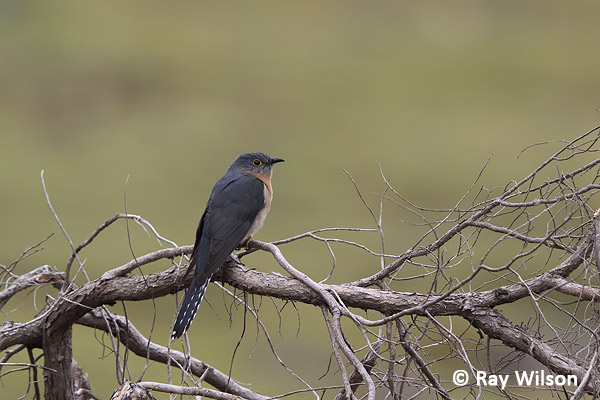
Fan-tailed Cuckoo (Cacomantis flabelliformis)
Back on the Tasmanian mainland, I spent a bit of time exploring the areas around Orford and Swansea in the hope that some Fairy Terns had returned to breed. I didn't have any luck with the terns but I did get a few other bits and pieces such as Pelicans and Oystercatchers.
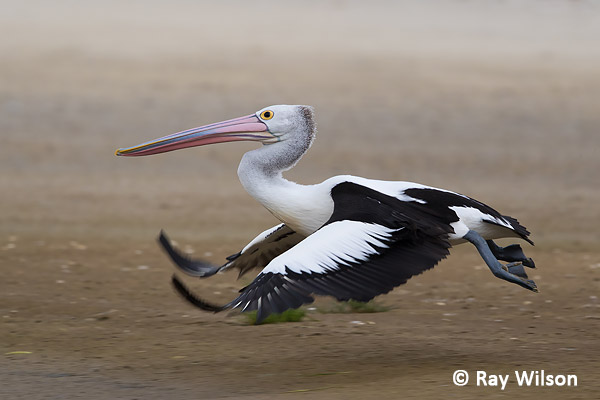
Australian Pelican (Pelecanus conspicillatus)
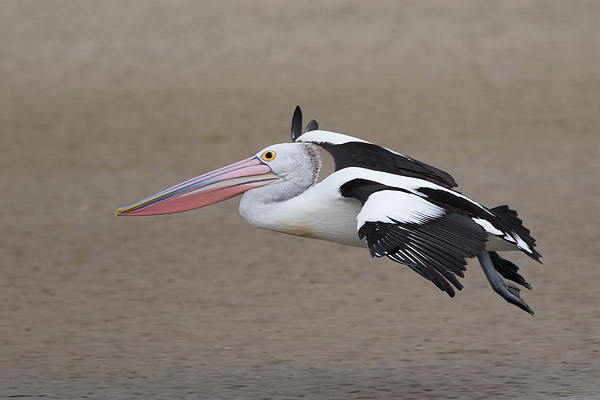
Australian Pelican (Pelecanus conspicillatus)
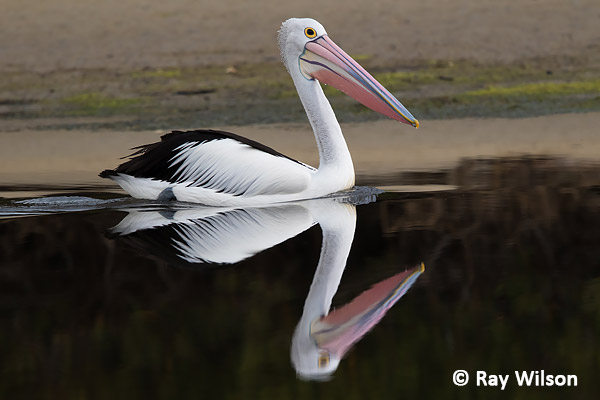
Australian Pelican (Pelecanus conspicillatus)
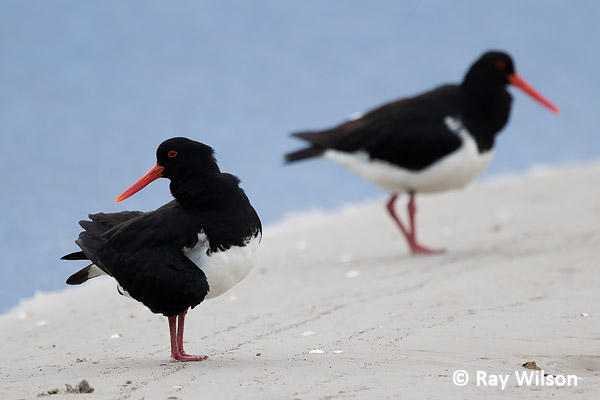
Pied Oystercatcher (Haematopus longirostris)
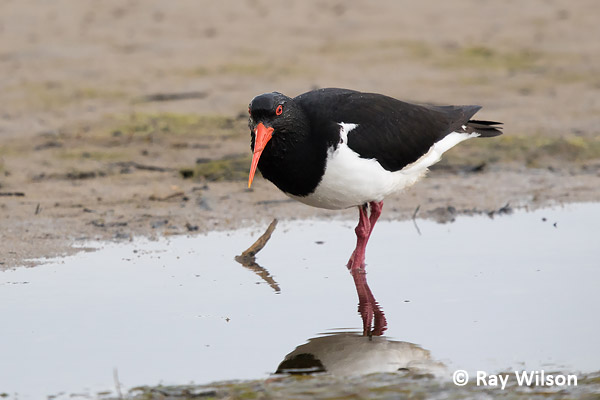
Pied Oystercatcher (Haematopus longirostris)
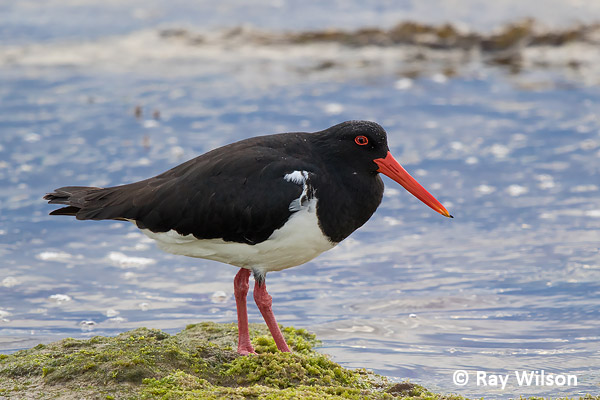
Pied Oystercatcher (Haematopus longirostris)
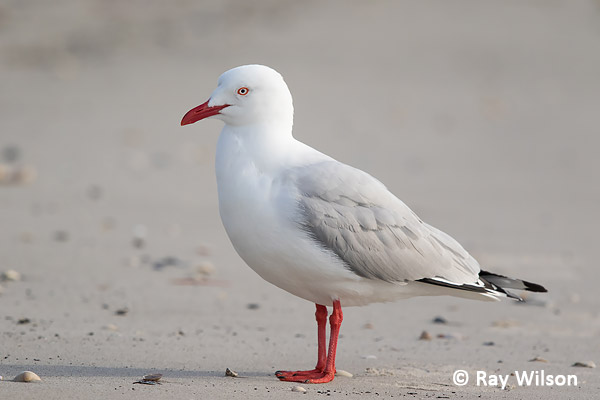
Silver Gull (Larus novaehollandiae)
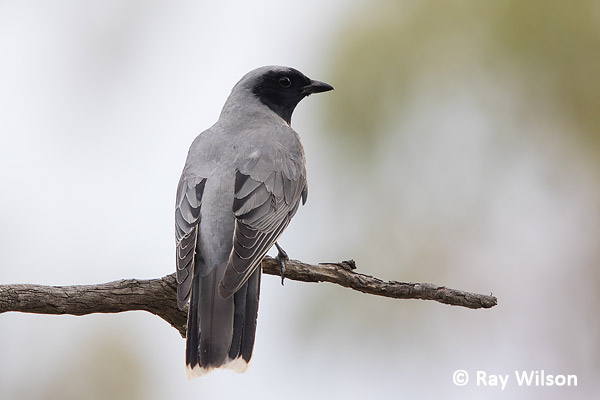
Black-faced Cuckooshrike (Coracina novaehollandiae)
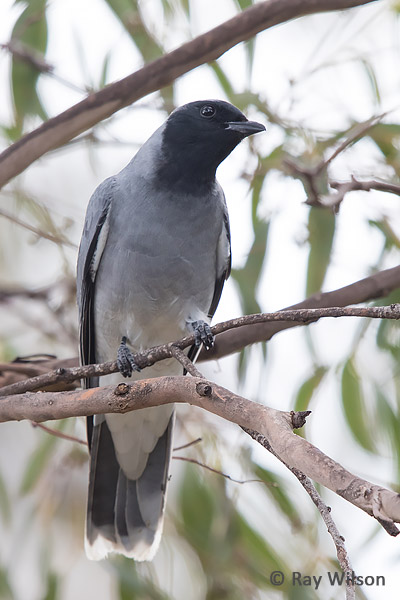
Black-faced Cuckooshrike (Coracina novaehollandiae) |
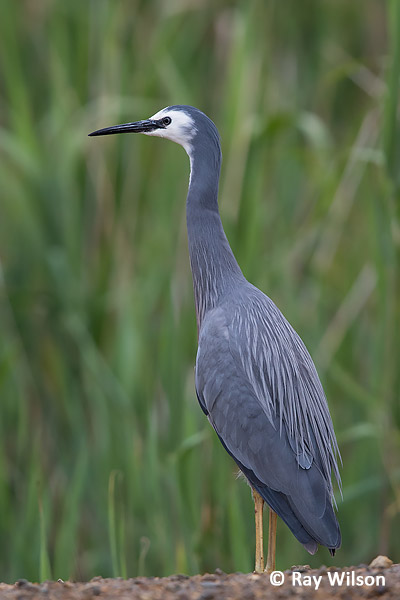
White-faced Heron (Egretta novaehollandiae) |
Ray Wilson owns the copyright of all images on this site.
They may not be used or copied in any form without prior written permission.
raywilsonphotography@googlemail.com